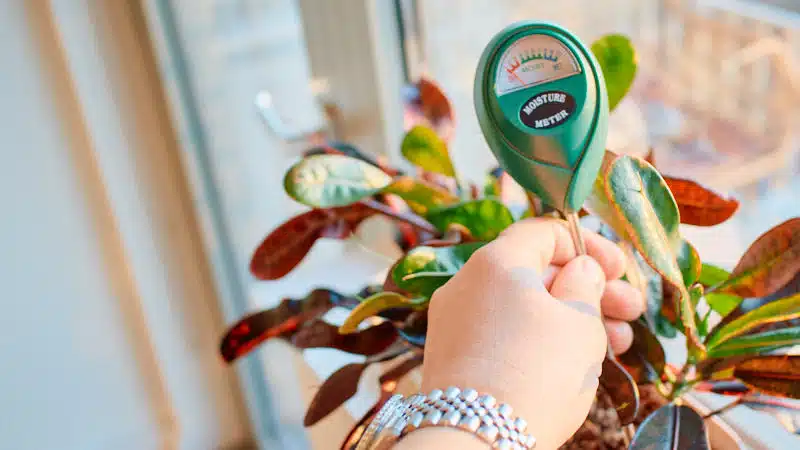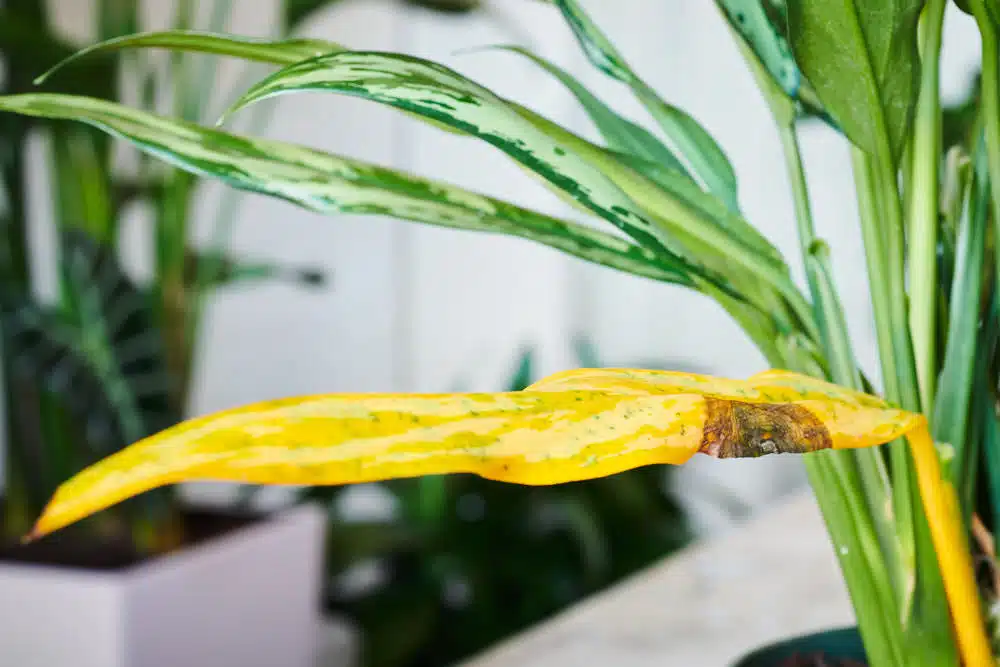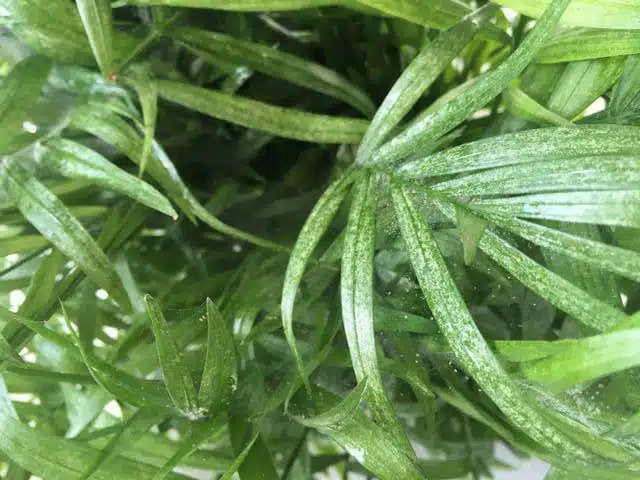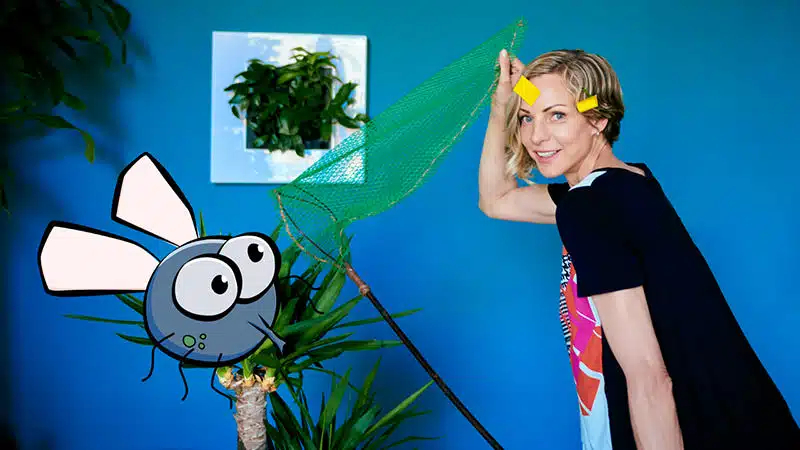⚡ Quick Answer
Trim your rubber plant by cutting damaged, yellow, brown or oversized leaves close to the main stem with clean, sterilized scissors, immediately covering the cut with a wet paper towel to prevent sap leakage and protect from infection, then monitor for healthy new growth afterward.
Are you curious about how to trim rubber plant leaves? Trimming your rubber plant is essential for maintaining its health and appearance. This guide will walk you through the steps of how to trim rubber plant leaves effectively, ensuring your plant remains vibrant and healthy. Let’s dive into the process!
Step 1: Gather Your Tools 🛠️
Before you start trimming, make sure you have all the necessary tools at hand. Here’s what you’ll need:
- Sharp scissors or a knife: Ensure they are clean and ideally sterilized.
- Paper towels: You’ll use these to cover the cut area.
- Rubbing alcohol: This will help disinfect your cutting tool.
- Water: For wetting the paper towel.
Having these tools ready will make the trimming process smoother and more efficient.
Step 2: Prepare Your Work Area 🧼
It’s important to set up a clean work area to avoid introducing any bacteria to your rubber plant. Here’s how to prepare:
- Find a flat surface to work on where you can comfortably reach your plant.
- Gather your tools and ensure they are within easy reach.
- Make sure your rubber plant is easily accessible to you.
With a clean workspace, you’re ready to start trimming!
Step 3: Wet the Paper Towel 💧
Before making any cuts, take a paper towel and wet it thoroughly. This will be used to cover the cut area once you remove a leaf. Wetting the towel helps to prevent the plant’s sap from leaking and staining the surrounding areas.
Step 4: Disinfect Your Scissors ✨
To ensure you don’t introduce any bacteria to your rubber plant, spray your scissors with rubbing alcohol. This is a crucial step in plant care to maintain the health of your rubber plant.
Step 5: Identify the Leaf to Trim 🌿
Look for leaves that are damaged, yellowing, or oversized. These are the leaves that need to be trimmed. It’s important to remove these leaves to promote healthy growth and maintain the aesthetics of your rubber plant.
Step 6: Make the Cut ✂️

Gently grab the leaf you want to trim. Aim to cut as close to the main stem as possible. This minimizes any potential damage to the plant and allows for quicker healing. Remember, a clean cut is essential!
Step 7: Cover the Cut with the Wet Paper Towel 🧻

As soon as you’ve made the cut, quickly wrap the cut area with the wet paper towel. This helps to stop the sap from leaking out and protects the plant from potential infections. Allow the cut to dry under the paper towel.
Step 8: Remove the Paper Towel 🕒
After some time, once the paper towel has dried, you can gently remove it. Check the cut area to ensure it looks healthy and there’s no excess sap. This step is crucial for the healing process of your rubber plant.
Step 9: Clean Up Your Tools 🧼
After you finish trimming, don’t forget to clean your scissors again. Rinse them with warm water and wipe them down. Keeping your tools clean will help avoid any infections in future trims.
Step 10: Monitor Your Plant 🌱
After trimming, keep an eye on your rubber plant. Ensure it is getting the right amount of water and light. Healthy growth should follow your trimming session if done correctly!
Frequently Asked Questions (FAQ) ❓
What should I do if I accidentally cut too much? 🤔
If you’ve cut too much, don’t panic! Rubber plants are resilient. Just ensure you care for the remaining leaves and provide the right conditions for recovery.
How often should I trim my rubber plant? 📅
Trimming should be done as needed. Typically, you can trim your rubber plant every few months or when you notice damaged leaves.
Can I propagate my rubber plant from cuttings? 🌱
Yes! Rubber plants can be propagated from cuttings. Just make sure to use healthy stems with at least one leaf node when making your cuts.
What’s the best time to trim a rubber plant? ⏰
The best time to trim is during the growing season, usually in spring or early summer. This allows the plant to recover quickly and promote new growth.
Why is my rubber plant dropping leaves? 🍂
Leaf drop can occur due to various reasons, including overwatering, underwatering, or insufficient light. Assess the care conditions to determine the best course of action.
Now that you know how to trim rubber plant leaves, you can keep your plant looking fresh and healthy. Regular trimming not only maintains the plant’s appearance but also encourages new growth. Remember, every plant is unique, so take your time and enjoy the process of caring for your rubber plant. If you have any more questions or need further assistance, feel free to ask in the comments below!
More Rubber Plant Care Tips:

























